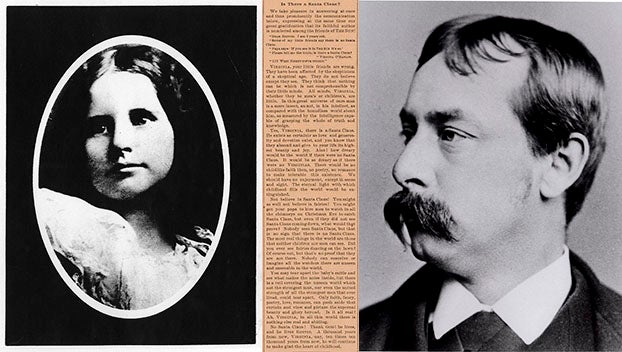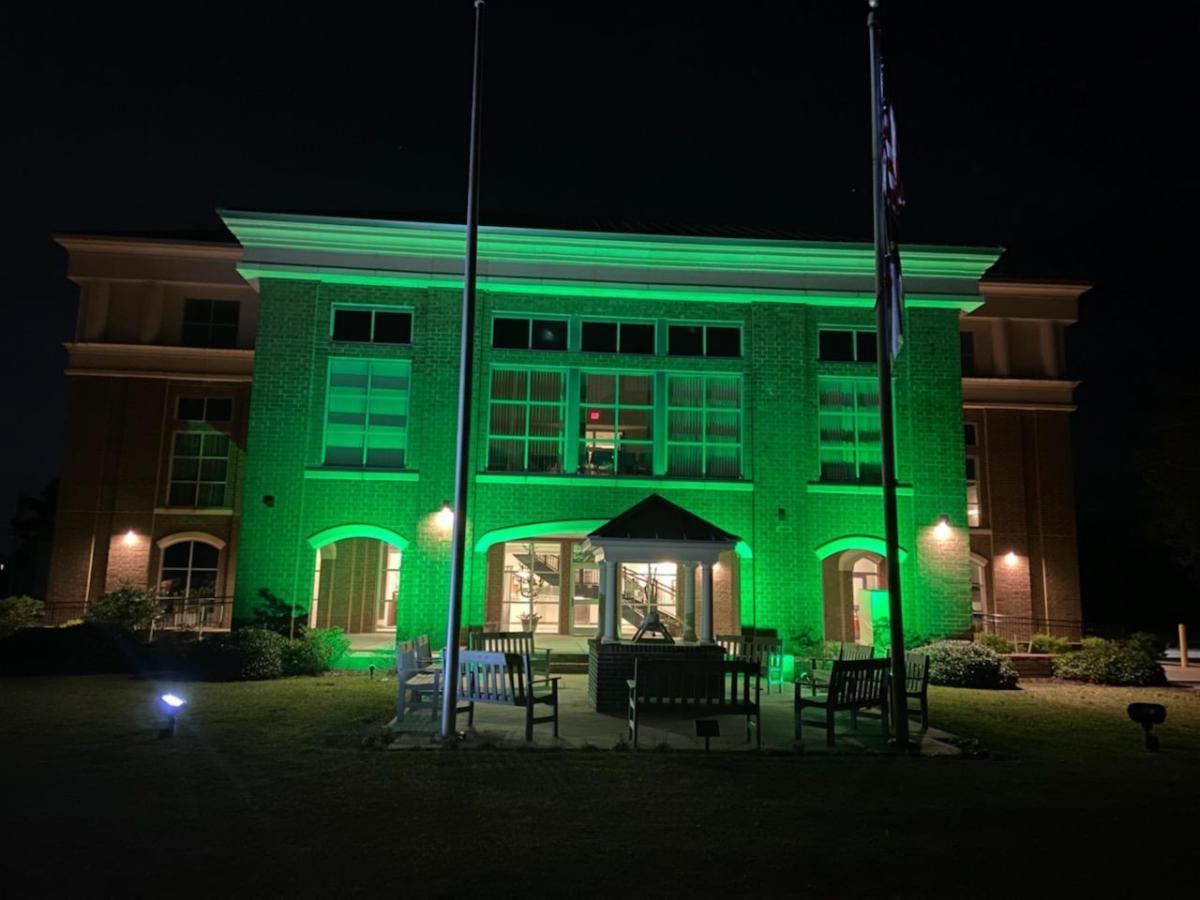School districts deserve more flexibility
Published 5:42 pm Friday, February 10, 2017

- FUNDING NEEDS: Legislation for lower class sizes will affect kindergarten through third-grade classes. The General Assembly should be mindful of the unintended consequences of this legislation. (Daily News)
Last year, the North Carolina General Assembly passed legislation that limits individual class sizes to 19-21 students, based on grade level, in kindergarten through third grade during the 2017-2018 school year.
Smaller classes are always a welcome change for educators, who need more one-on-one time with students, especially in the younger grades.
However, this plan quickly backfired. Part of state funding for school districts is based off of the number of students. If there are fewer students in a classroom, then there will be less funding.
Many school districts across the state use leftover money from that particular batch of funding for elective courses, such as art, music and physical education, and the fear is that these courses would have to be cut.
Thankfully, House Bill 13 came to light, loosening these class size restrictions and giving school districts more flexibility.
Now, the General Assembly needs to pass this bill, or similar legislation. It’s highly unlikely that legislators approved these restrictions out of malice; it’s more likely they were trying to do teachers a service by reducing class size.
They still have a duty, however, to repair the unintended consequences their legislation will cause. There is no group more suited to assessing the needs of a school district than the district itself. The General Assembly should recognize this and return some of the power to the districts. Each district would then be able to adjust class sizes and funnel money toward elective courses in a way that best serves its students.
Elective courses may not be given as much weight as math, science or reading, but they are nonetheless important. Students deserve the opportunity to become well-rounded individuals.
Some House legislators have already expressed their support for HB13’s adjustments, and that shows they are in office to serve their constituents. Now is the time for the remaining office-holders to jump on board.




